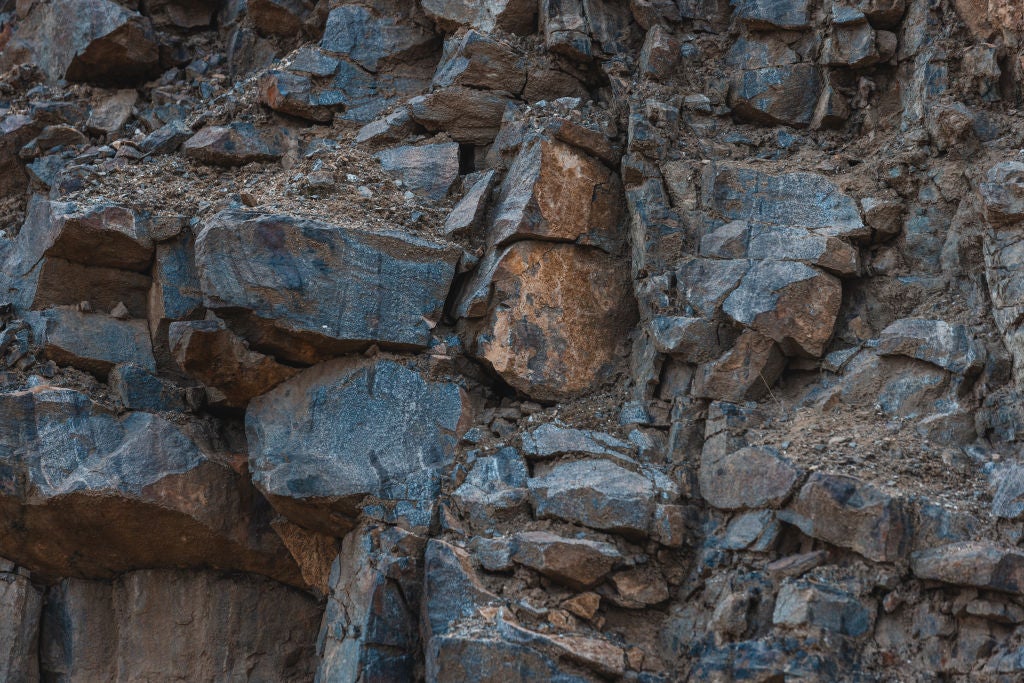China’s Grip on Graphite Supplies Raises Global Concerns Amid Energy Transition
China’s dominant position in global graphite production is triggering mounting concerns across industrial supply chains, particularly as demand surges for electric vehicle batteries and other green technologies. With graphite being a crucial component in lithium-ion battery anodes, its availability has become increasingly strategic for nations pursuing energy transition goals.
Recent data from GlobalData
...
China’s Grip on Graphite Supplies Raises Global Concerns Amid Energy Transition
China’s dominant position in global graphite production is triggering mounting concerns across industrial supply chains, particularly as demand surges for electric vehicle batteries and other green technologies. With graphite being a crucial component in lithium-ion battery anodes, its availability has become increasingly strategic for nations pursuing energy transition goals.
Recent data from GlobalData reveals the extent of China’s control over this critical mineral. The country holds approximately 81 million tonnes of natural graphite reserves, representing nearly 28% of the world’s total. More significantly, China accounted for 82% of global graphite production in 2024, outputting 1,270 thousand tonnes.
This concentration of resources has prompted several nations to develop countermeasures as geopolitical tensions rise. The United States Department of Commerce recently amended a May 2025 finding regarding active anode material from China, citing “significant ministerial errors in the original calculations.” This ruling aims to reduce American dependency on Chinese graphite and strengthen domestic battery supply chain resilience.
Similarly, the European Union has classified graphite as a critical raw material. The European Commission has adopted a list of 60 strategic projects to enhance domestic raw material capacities under the Critical Raw Material Act, with 15 projects specifically focused on graphite development both within and outside the EU.
“China’s graphite monopoly poses a threat to global supply chains and countries dependent on graphite imports, as the country dominates procurement, especially in Africa and South America, and processing,” explains Martina Raveni, analyst at GlobalData. “The monopolisation of such essential resources has caused global concern as the availability and market price are contingent on Chinese export policies.”
Beijing has already demonstrated its willingness to leverage this advantage. In July 2023, after the US restricted exports of key semiconductor components to China, Beijing began requiring additional export permits for several minerals, including graphite. Later, in December 2024, China imposed further export restrictions on high-purity synthetic graphite and naturally occurring flake graphite, materials essential for battery production.
Belinda Labatte, executive chair of Canadian critical minerals developer Lomiko, describes China’s approach as “a carefully constructed chokehold strategy of economic hegemony.” She notes that while China increases its annual spending on critical minerals to $13 billion per year, “the US and other countries are assertively countering China’s supply chain dominance with increased spending on public/private investments in critical minerals.”
Alternative sources are emerging in response to these challenges. Madagascar, currently the second-largest producer of natural graphite after China, is expected to increase production through several projects, including the Molo graphite project and the ramp-up of the Sahamamy and Vatomina projects.
According to GlobalData’s projections, global natural graphite production is expected to grow at a compound annual rate of 15.6% to more than 3.78 million tonnes by 2030. This growth will be driven by new projects in Mozambique, Tanzania, China, Canada, and Australia. After modest growth of 1.3% in 2024, production is forecast to surge by 18.1% to reach 1.83 million tonnes in 2025.
The environmental impact of graphite production remains a concern, particularly for synthetic graphite, which is purer and better suited for long-life applications but costs more than double the price of natural graphite and requires energy-intensive production methods.
“Legislation restricting carbon emissions within the US and Europe makes establishing a strong domestic synthetic graphite industry difficult,” notes Raveni. “Despite being of lesser quality, natural graphite may become more popular in response to Chinese dominance and net-zero initiatives.”
Mining companies can mitigate environmental impacts through cleaner technologies such as dry processing, improved dust suppression systems, and water management practices, according to Aidan Knight, associate analyst at GlobalData Strategic Intelligence.
As the global demand for graphite continues to grow, driven by electric vehicle production and renewable energy technologies, Western nations face both a challenge and an opportunity to develop alternative supply chains and reduce dependence on Chinese sources. The outcome of these efforts will have significant implications for the future of the green energy transition and global industrial supply chain security.


